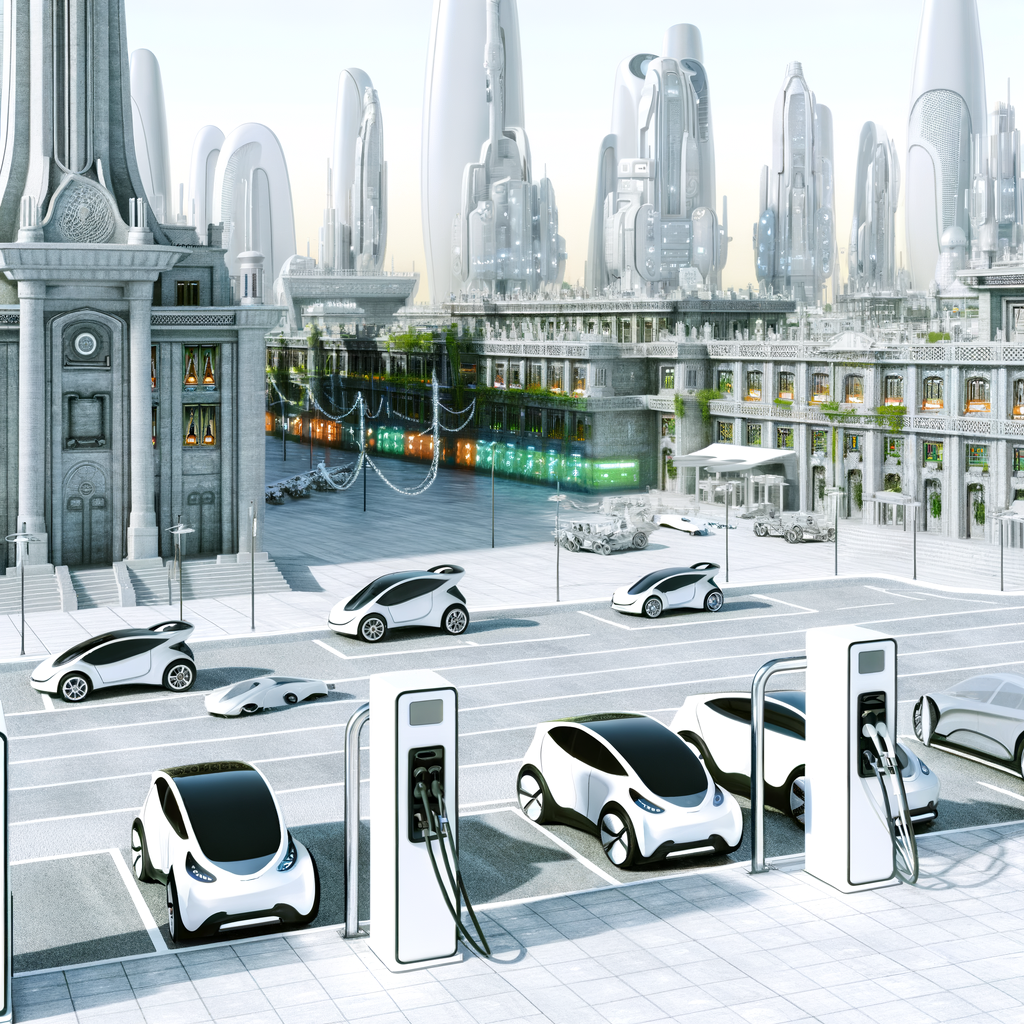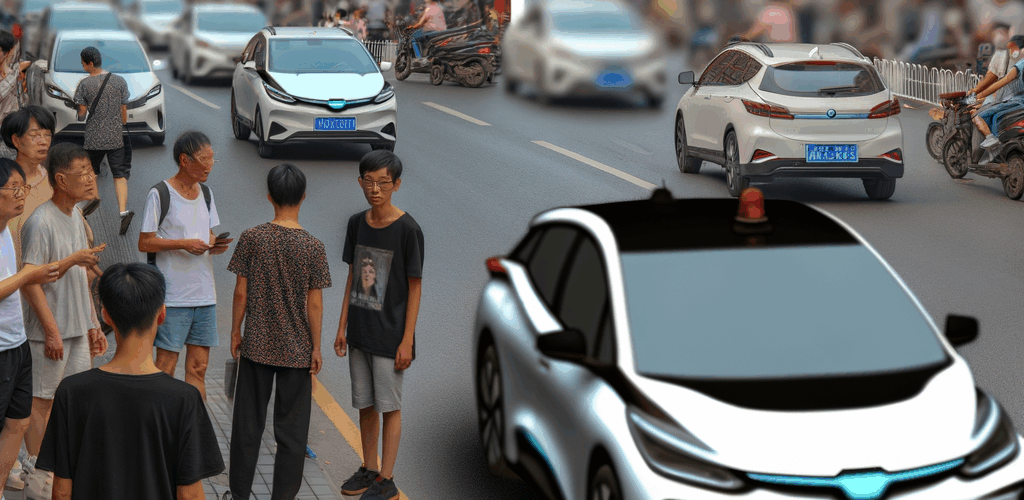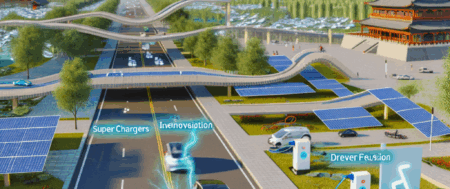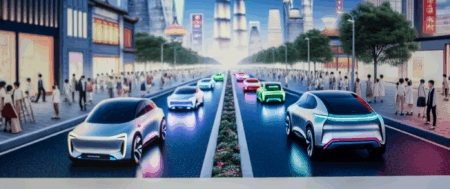China, the top and largest automotive market globally, is a hotbed for Electric Vehicles (EVs) and New Energy Vehicles (NEVs) growth, driven by its growing economy, rapid urbanization, and mounting environmental concerns. The country’s regulatory landscape and government incentives are tailored to support this shift towards sustainable transportation, encouraging technological advancements and green energy solutions. Both foreign automakers and domestic car brands are tapping into this lucrative market through strategic partnerships and joint ventures, aiming to align with consumer preferences for eco-friendly vehicles. Amidst fierce market competition, success hinges on leveraging these government incentives, understanding consumer preferences, and innovating in the realms of battery technology and autonomous driving to meet the sophisticated demands of Chinese consumers.
In the rapidly evolving world of global commerce, the automotive sector stands as a beacon of innovation and economic growth, with the China automotive market shining particularly bright. As the largest automotive market in both production and sales, China’s burgeoning economy, expanding middle class, and accelerating urbanization have positioned it as a pivotal player on the international stage. This dynamic market, fueled by a voracious demand for both domestic car brands and foreign automakers, is at the forefront of a significant shift towards Electric Vehicles (EVs) and New Energy Vehicles (NEVs), driven by a combination of government incentives, environmental concerns, and consumer preferences.
China’s automotive landscape is a complex tapestry woven with strategic partnerships and joint ventures, enabling foreign brands to navigate its challenging regulatory landscape and tap into its vast consumer base. These collaborations are essential in a market characterized by fierce market competition, rapid technological advancements, and a unique set of consumer preferences that demand a tailored approach to vehicle design and marketing. As the country leads the global charge towards electrification, understanding the intricacies of China’s automotive sector—from the rise of EVs and NEVs to the critical role of government policies and the impact of urbanization on consumer demand—is crucial for any stakeholder looking to succeed in this competitive yet lucrative market.
The forthcoming article delves deep into the heart of China’s automotive industry, exploring the key factors that make it the top and largest automotive market globally. Through an examination of the surge in electric and new energy vehicles, the strategic importance of joint ventures, the challenges posed by the regulatory landscape, and the shifting consumer preferences amidst technological advancements and environmental concerns, we aim to provide a comprehensive overview of this vibrant market. Join us as we navigate through the bustling streets of China’s automotive scene, where domestic and foreign car makers vie for supremacy in an ever-evolving battleground driven by innovation, strategic partnerships, and government steering towards a greener future.
1. “Navigating the World’s Largest Automotive Market: China’s Booming Economy and the Surge of Electric and New Energy Vehicles”

Navigating the complex and dynamic terrain of the world’s largest automotive market, China, requires an astute understanding of its booming economy, which has been a catalyst for the surge in demand for Electric Vehicles (EVs) and New Energy Vehicles (NEVs). This growth is significantly propelled by the country’s rapid urbanization, a burgeoning middle class, and escalating environmental concerns, underscoring the shift towards more sustainable modes of transportation.
The Chinese government’s role cannot be understated, as it has been instrumental in driving this shift through substantial government incentives aimed at EVs and NEVs. These incentives are part of a broader strategy to position China as a global leader in the automotive industry’s future, focusing on technological advancements and green energy solutions. The regulatory landscape in China is uniquely structured to support this vision, encouraging both domestic car brands and foreign automakers to innovate continuously in the EV and NEV segments.
Foreign automakers, in particular, find the Chinese market enticing yet challenging. To effectively tap into this vast consumer base, they often enter into strategic partnerships, forming joint ventures with local Chinese companies. This approach not only helps them navigate the regulatory landscape more efficiently but also aligns with consumer preferences, which increasingly lean towards environmentally friendly vehicles amid growing eco-awareness.
The competition in the Chinese automotive market is intense, with domestic car brands vying for dominance in the EV and NEV space against their foreign counterparts. This market competition has led to a rapid pace of technological advancements, with companies striving to innovate in battery technology, autonomous driving, and other key areas to capture consumer interest.
Understanding consumer preferences is equally crucial for success in China’s automotive market. The Chinese consumer is becoming more sophisticated, valuing not just the environmental benefits of EVs and NEVs but also their technological features, design, and overall driving experience. As urbanization continues to spread and the economy grows, these preferences are likely to evolve further, presenting both opportunities and challenges for automakers.
In conclusion, the largest automotive market in the world is at a pivotal point, driven by a mix of government incentives, environmental concerns, and a shift in consumer behavior towards greener and more technologically advanced vehicles. For foreign and domestic automakers alike, success in this competitive landscape hinges on their ability to navigate through strategic partnerships, innovate in line with technological advancements, and stay attuned to the evolving consumer preferences.
In conclusion, the journey through the world’s largest automotive market underscores the pivotal role China plays in shaping the future of global mobility. With its growing economy, expanding urbanization, and an increasingly affluent middle class, China has positioned itself at the forefront of the automotive industry, especially in the realms of Electric Vehicles (EVs) and New Energy Vehicles (NEVs). The surge in demand for both domestic car brands and foreign automakers highlights the dynamic nature of consumer preferences within the market, further fueled by significant government incentives aimed at promoting environmental sustainability.
The complex regulatory landscape in China necessitates strategic partnerships and joint ventures, allowing foreign automakers to successfully navigate market intricacies and tap into the vast consumer base that China offers. These collaborations, along with a deep understanding of local consumer behavior, market trends, and technological advancements, are crucial for companies looking to compete and thrive in this highly competitive environment.
Moreover, the emphasis on EVs and NEVs, driven by environmental concerns and government policies, is setting a new direction for the automotive industry at large, with China leading the charge towards a greener future. As the market continues to evolve, influenced by global economic trends, technological innovation, and shifting consumer preferences, the importance of adapting to and understanding the Chinese automotive market cannot be overstated.
In essence, success in the Chinese automotive market, the largest automotive market globally, relies on a blend of navigating the regulatory landscape, leveraging strategic partnerships, and staying abreast of technological advancements and consumer trends. For domestic and foreign automakers alike, the opportunity within China’s borders represents not just a gateway to the vast Chinese market but also a stepping stone towards leading the global shift towards sustainable mobility.







